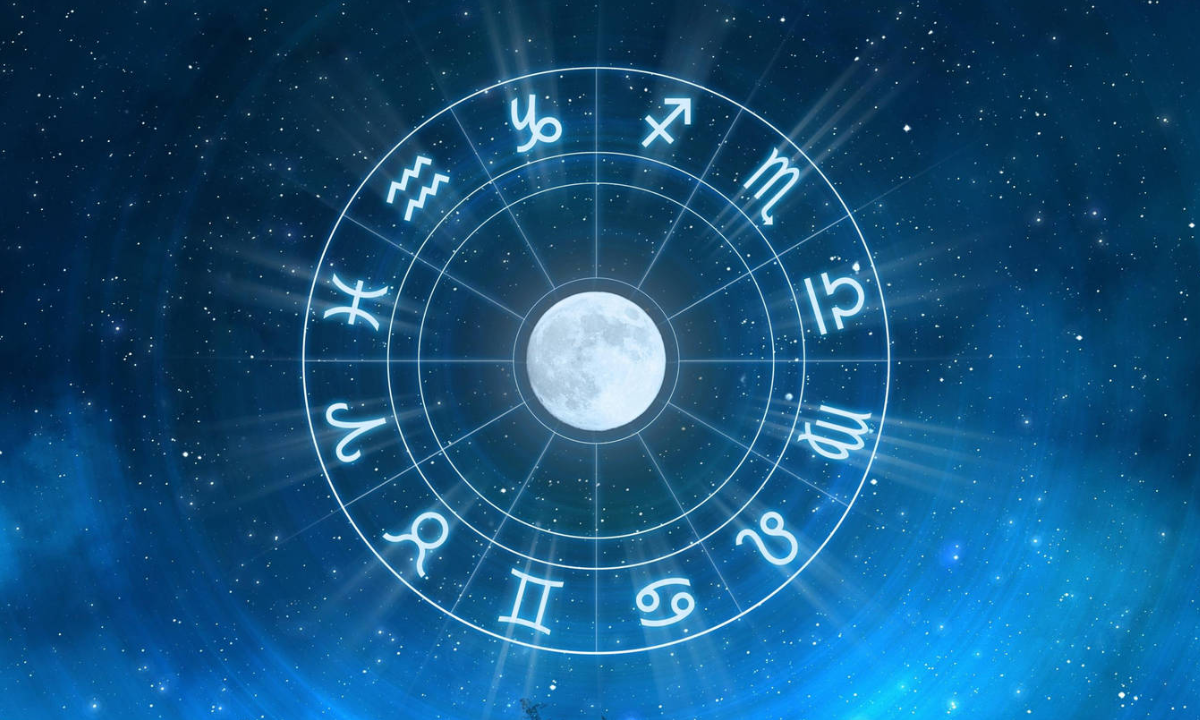Your Ultimate Food Guide To Japan

Shipra, who has earlier shared with us her travel stories from the US, has just returned from a month-long trip to Japan and is sharing her recommendations — on everything from the food to eat to where to party at — on Hauterfly.
I am someone who totally enjoys eating, and trying out new dishes and cuisines. But the quality of food is extremely important too. And, trust me, the Japanese are known not only for their delicious food, but for the quality of it as well.
Another advantage of eating in Japan is that, as a culture, people often eat alone. Which makes me extremely happy, as I thoroughly enjoy eating alone.
Starting with the staple food item of the Japanese — not Sushi but Ramen. It’s like the vada pav of Mumbai. It’s everywhere. And because it’s everywhere, I ended up trying it at far too many places. But the very first Ramen I ate in Tokyo remained my favorite through the trip.
Ichiran
Ichiran has many branches all over Japan. I went to Ichiran Harajuku in Tokyo.
Once you’re there, this is what you do. You order through a machine. Take your ticket and ask for a seat. In a small hall, there are 10 cubicles facing towards a wall. Every seat has a partition in between, which can be removed if you come with a friend.
There is a form on the table with a pencil. On this you tick what you want and don’t want, such as the oil, chilly, thickness of the noodle, the meat, etc. Basically, you can customise and order exactly the kind of Ramen you want. And that’s not it. Once they bring in your food, they bend down and say a little prayer for you too! And then leave you alone to enjoy your meal. Isn’t that nice!?
One part of the Kaiseki meal
Kaiseki
An authentic Japanese meal is characterised by small portions, subtle flavours, artful presentation, a pleasant ambience, and an emphasis on fresh seasonal ingredients. I had my first Kaiseki meal in Kyoto overlooking Kamo River.
There are different kinds of Kaiseki meals, offering 7-15 different courses. I ate a 9-course meal and it was worth every penny. Even though Kaiseki is an expensive meal, costing about Rs 5,000-10,000 per person, it’s totally worth it. If you’re a real foodie, don’t miss it!
Sashimi
You must be wondering why I’m not talking about sushi. It’s because we all know about sushi! Because sushi is so over-hyped! Because once you eat sashimi, you won’t eat sushi!
Sashimi is a thinly sliced piece of raw seafood, mainly fish, that is typically served fresh — basically uncooked meat. I know it sounds gross and that was my reaction when I first tried it too.
A Japanese friend offered it to me and I couldn’t say no. I remember gulping it down with my drink. But honestly, it grew on me. And there is nothing better than fresh sashimi. I had the best sashimi in Yufu, city in Oita Prefecture, Japan.
Gyoza
Gyoza
Yummmm! Gyoza is a Japanese pan-fried pork dumpling. And who doesn’t like dumplings? Again, they’re easily everywhere in Japan.
But finding the classic Gyoza isn’t all that easy. They are made with a dosa-like batter on top, making it very crispy on one side, and soft on the other. Ask for the classic Gyoza. I found mine in Osaka.
Mozuku Seaweed
Mozuku
Discover a unique type of seaweed that has long been a part of the Okinawan diet. The Mozuku seaweed is characterised by its thick and chewy texture, and is a regional delicacy that can only be harvested in particular areas of Okinawa.
Not only is it a delicious snack between meals, it has important health properties too, such as being low in calories, while consisting a generous amount of dietary fibre and calcium. Though you will find this all over Japan, I had the best Mozuku in Yufu. I liked it so much that I brought some back home.
Matcha Ice-cream
Matcha
How can I not talk about dessert? And not just any kind of dessert, but the dessert called Matcha ice-cream. Matcha is a finely ground powder of specially grown and processed green tea.
Over a 1,000 years ago, Matcha came to Japan as an aid to meditation practice. While they sat for long hours to meditate, monks would drink Matcha to remain alert yet calm.
Matcha green tea has 137 times more antioxidants than regularly brewed green tea. And how wonderful it is that the Japanese are using this powder to make ice creams and chocolates. You mustn’t miss this one at any cost.
Of all the countries I have travelled to so far, I am giving Japan thumbs up for the best and freshest food. No wonder the Japanese look so young. After all, you are what you eat. So eat away!





















